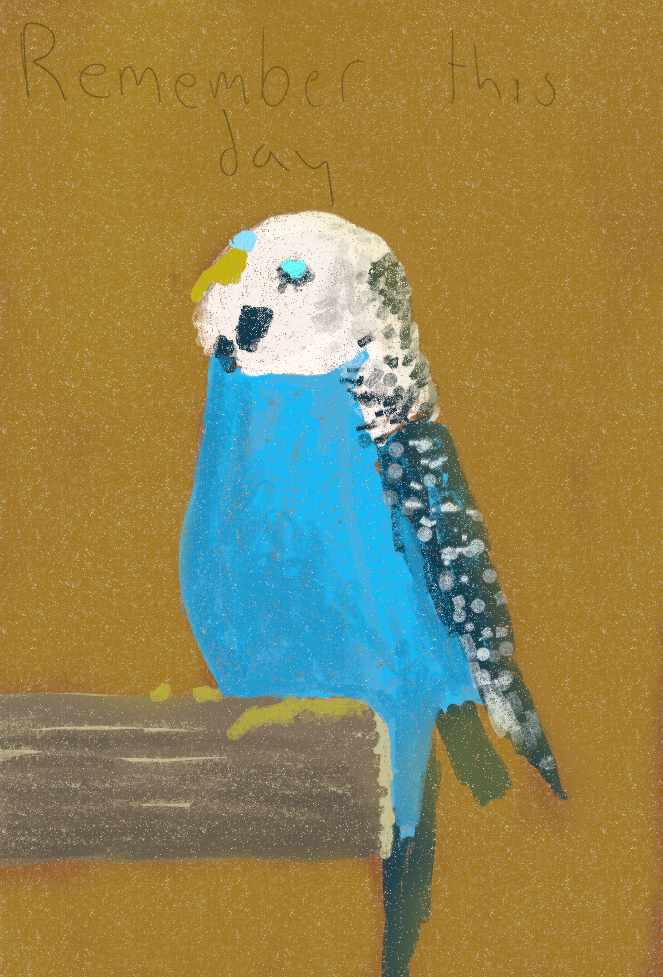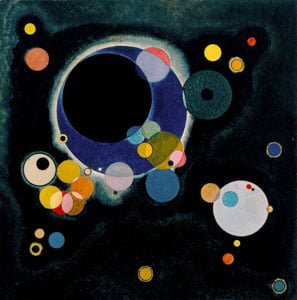For all the stylistic evolution, certain features of Degas’s work remained the same throughout his life. He always painted indoors, preferring to work in his studio from memory, photographs, or live models. The figure remained his primary subject; his few landscapes were produced from memory or imagination. It was not unusual for him to repeat a subject many times, varying the composition or treatment. He was a deliberative artist whose works, as Andrew Forge has written, “were prepared, calculated, practiced, developed in stages. They were made up of parts. The adjustment of each part to the whole, their linear arrangement, was the occasion for infinite reflection and experiment.” Degas explained, “In art, nothing should look like chance, not even movement”. He was most interested in the presentation of his paintings, patronizing Pierre Cluzel as a framer, and disliking ornate styles of the day, often insisting on his choices for the framing as a condition of purchase.

